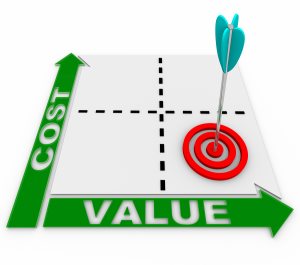A Look into Outsourcing Benefits

What you might not know is that not only does keeping your benefits administration in house take up time and precious resources, but it also affects your total cost of ownership.
In order to take control of your business, keep your overhead costs low and increase your revenues significantly, you need to take a good hard look at the bottom line. Juggling your operational and management expenses is a big part of that. Included in your operational expenses are the administrative costs associated with big-ticket items like payroll processing, performance evaluations and many other facets of the HR process including, you guessed it, benefits administration.
A study conducted in 2011 by a third party organization indicates that the difference between keeping benefits in-house and outsourcing are almost $40 per employee higher. In a company that employs even 500 people that is a significant amount of money that could be better spent elsewhere.
If you take that one step further, the same study shows that outsourcing via a call center can further reduce that cost. The difference between outsourcing with a call center ($151) and without ($182) is also significant. This data proves that outsourcing the benefits administration is less expensive than keeping it on site.
On average, about 44 percent of businesses currently make use of outsourced benefits administration for a few or even all of their benefit needs including medical, dental, long-term disability, basic employee life insurance, vision coverage, personal liability coverage, FSA’s, commuter benefits, incidental expenses, long term care, and other benefits like legal services, homeowners and even pet insurance if your company offers it.
Organizations that already use outsourced benefits administration have the advantage of being able to empower their employees to manage their enrollment benefits themselves when a status change or dependent change comes about. It also allows them to enroll for optional benefits or remove them as they see fit.
Perhaps the biggest measurable decrease in administrative costs for companies is that the data between the actual carrier and benefit provider is more streamlined, which leads to a reduced workload in payroll as well.
For the most part, when benefits are not done in=house, companies opt to use a call center model. The call center model provides employees with a toll free number to call where they can receive updated information about the status of a claim, coverage information or deductibles. On the other end of the line they have knowledgeable staff that are available 24/7 to answer any questions associated with their individual benefits.
Organizations looking to decrease their costs, whether in an effort to break even or allocate funds elsewhere, would benefit from the outsourced benefits model. With an average savings of 20 percent overall, it is an effortless savings model that is easily integrated into your current structure, regardless of the complexity of your benefits program.

